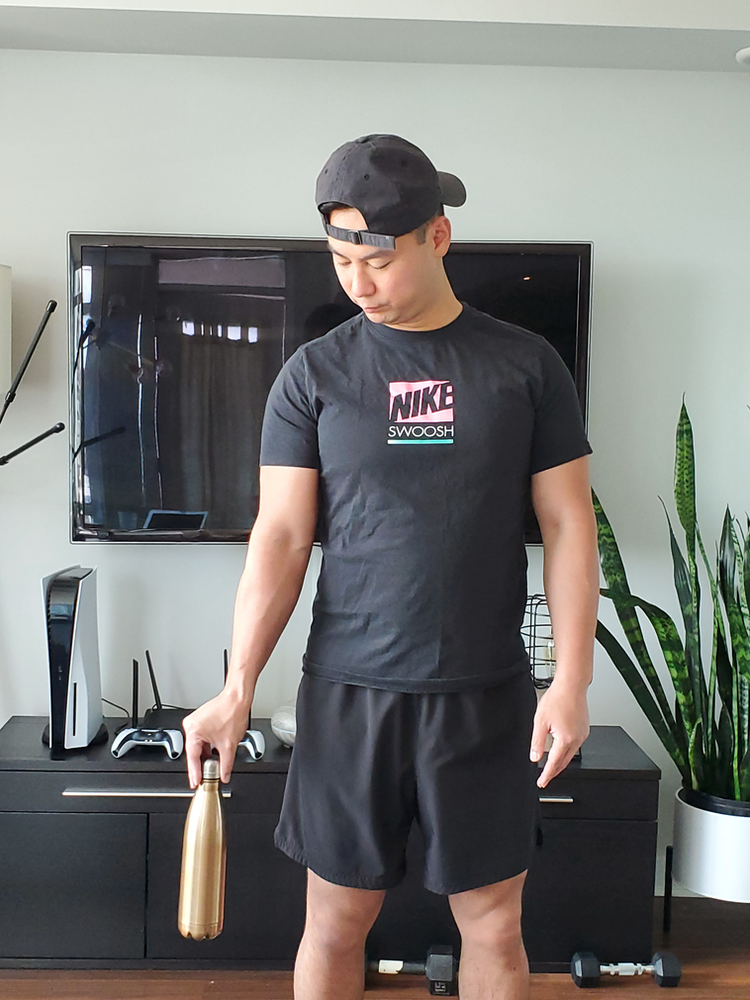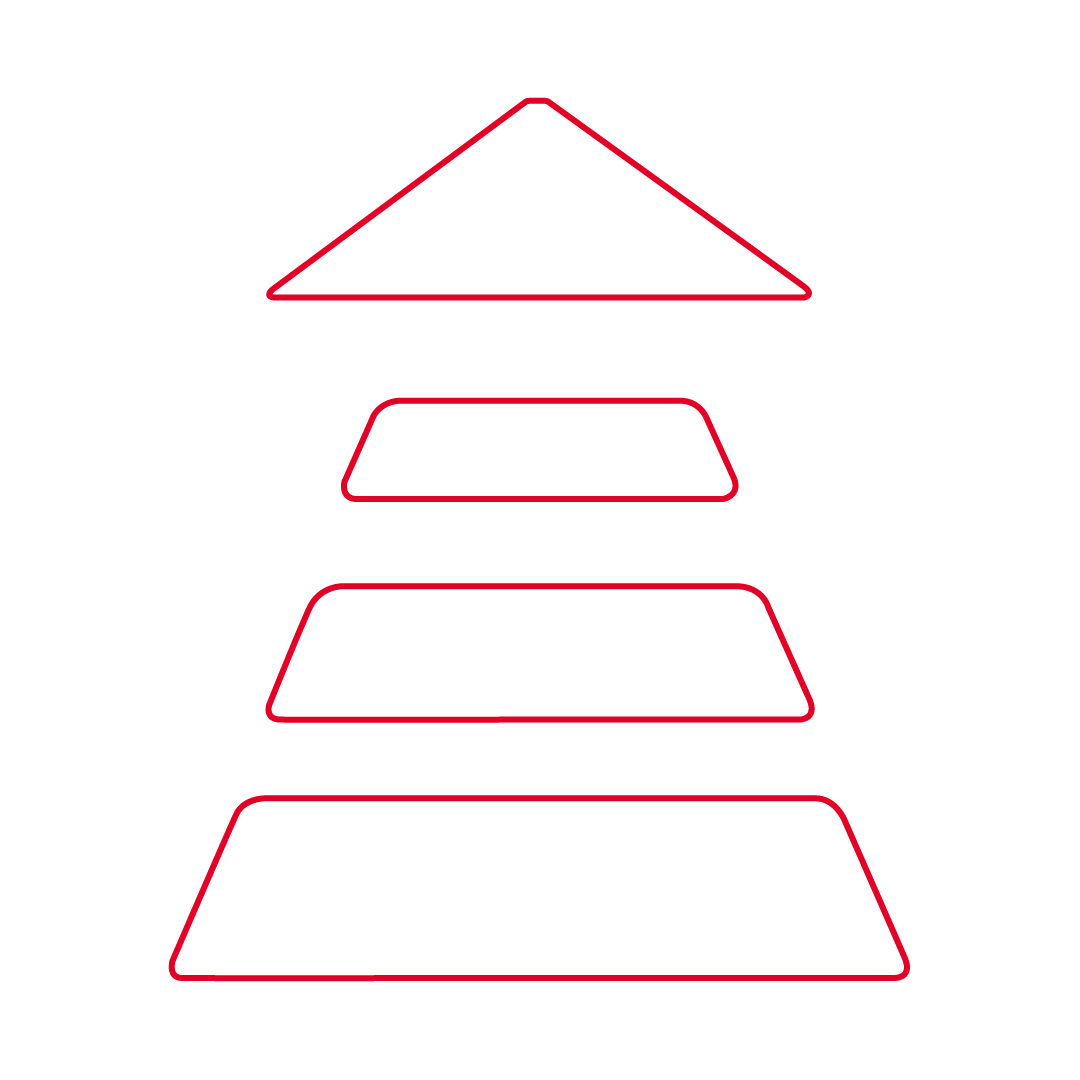Golfer’s elbow is a condition similar to tennis elbow. The difference is that a golfer’s elbow causes pain where the tendons of your forearm muscles attach near the inside of your elbow. However, the pain might even spread into your forearm and wrist. Golfer’s elbow is not necessarily limited to golfers, as everyday people who repeatedly flex their wrists or clench their fingers can develop golfer’s elbow. Don’t let the pain of golfer’s elbow keep you from your favourite activities, so let’s take a look at what exactly is golfer’s elbow, early signs and symptoms, and treatment options.
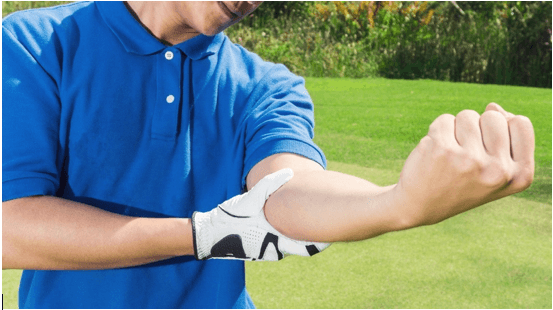
What is it?
Golfer’s elbow, otherwise known as medial epicondylitis, mostly causes pain, inflammation, and tenderness in the muscles on the inside of the elbow and the forearm. This condition usually appears after overuse or just the general wear and tear of your tendons and muscles. The pain from golfer’s elbow can either come on suddenly without any warning, or gradually over a long period of time. Activities such as repetitive gripping motions, swinging golf clubs, or racket sports can often lead to golfer’s elbow. Everyday activities such working with tools, typing, or clicking on a mouse can also lead to this condition.
What are the signs and symptoms?
-
- Pain and tenderness on the inner side of your elbow
-
- Pain that worsens with certain repetitive movements
-
- Stiffness or weakness in the elbow
How is it treated?
Your physiotherapist will use soft tissue treatments like massage and active release to treat your elbow. Elbow pain on the inside of the elbow is caused by tension in muscles in the front of your forearm. Deep massage in these forearm muscles will release tension and pain in the inside of the elbow. Active release treatments will stretch the muscles and tendon in the front of the forearm and break down muscle knots. Acupuncture can be helpful to increase blood flow to the elbow and encourage healing. An elbow brace will also be useful to reduce pressure and pain on the elbow.
Sometimes pain along the inside of your elbow can be caused by compression of nerves in your neck. If this is the case you may also feel burning pain or numbness along your arm, forearm, and fingers. A skilled a physiotherapist will be able to assess if nerve compression in your neck is the true cause of your elbow pain.
Common home exercises:
Prayer stretch:
Place your palms together in a prayer position. Lift up your elbows gently and you should feel a stretch along the front of your forearm. Hold this stretch for 30 second and repeat for 3 sets.
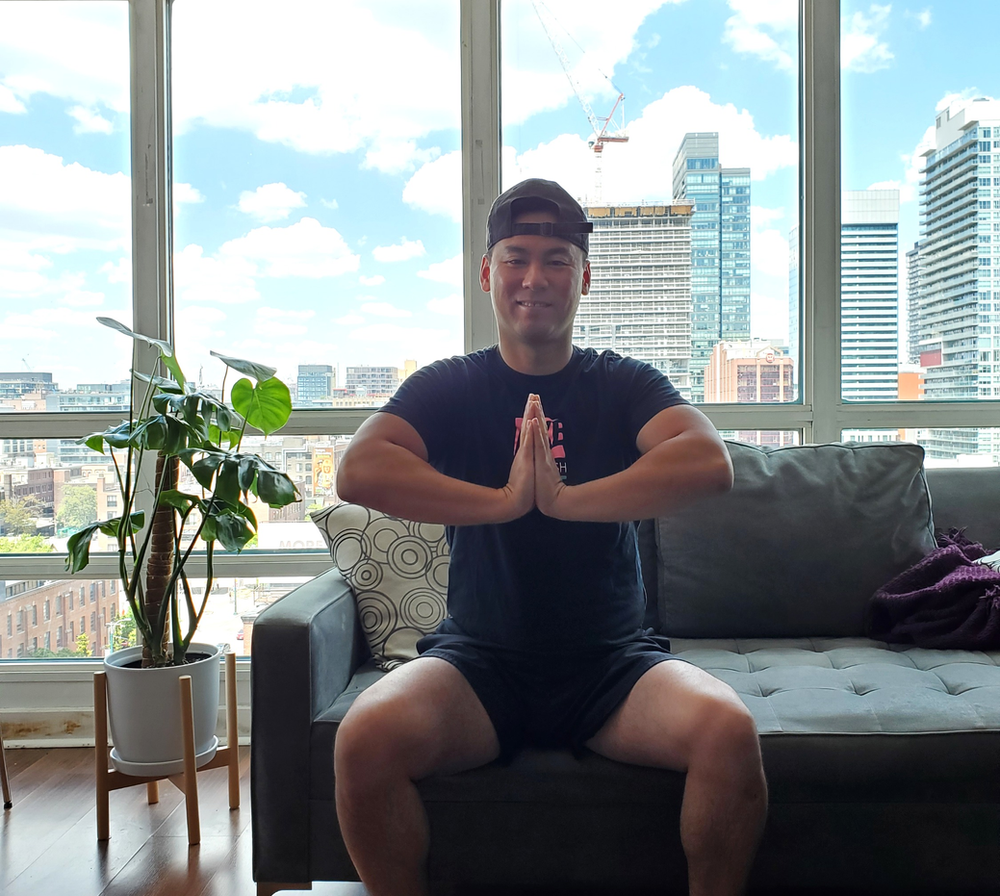
Eccentric wrist flexion:
Hold onto a band/weight with your hand and rest your elbow on the armrest of the couch/table with your palm facing the ceiling. Hold the band or weight up then slowly lower your hand downwards for a count of 3 seconds. Use your opposite hand to help you lift the band/weight back up. Perform this exercise for 8-15 reps x 3 sets.
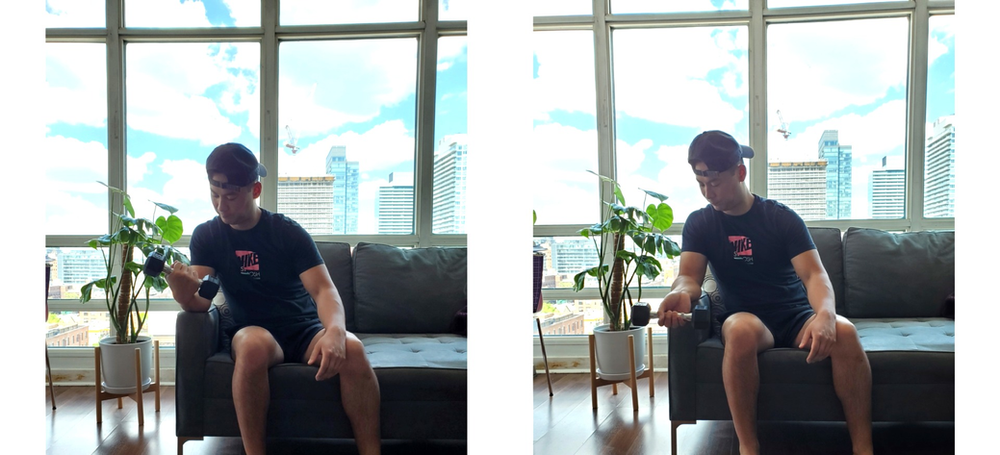
Wrist pronation/supination:
With your elbow resting by your side, hold onto a frying pan/pot. Turn your wrist over like if you were turning a key. Perform this exercise for 8-15 reps x 3 sets.n
Gripping:
Grip a heavy water bottle with a pinch grip by holding onto the cap of the water bottle with your elbows straight. Hold the water bottle out in front of you for 10-30 seconds x 3 sets.
